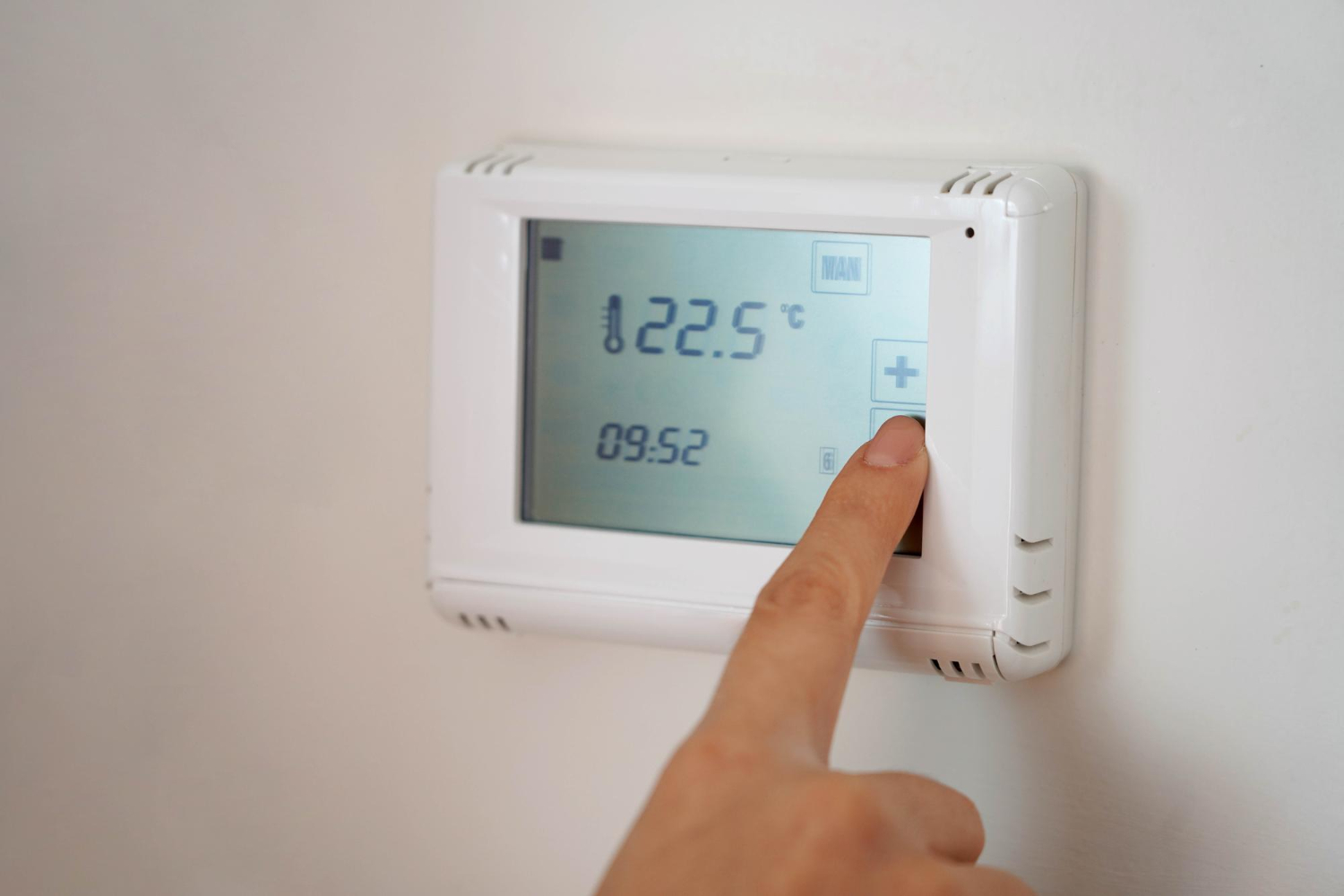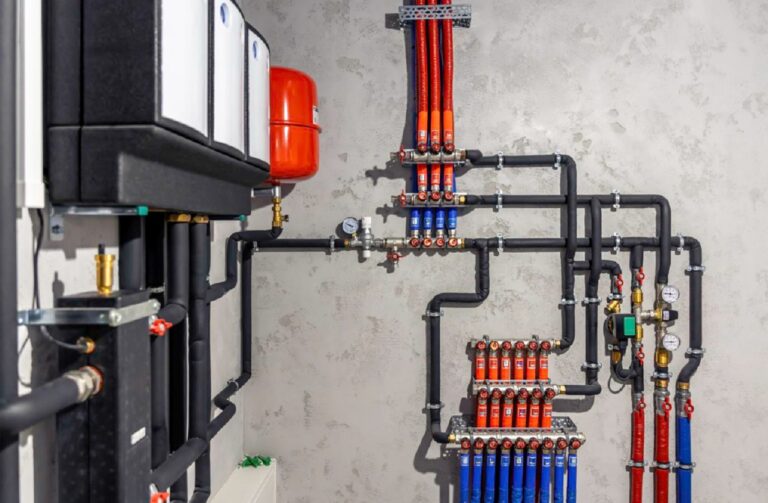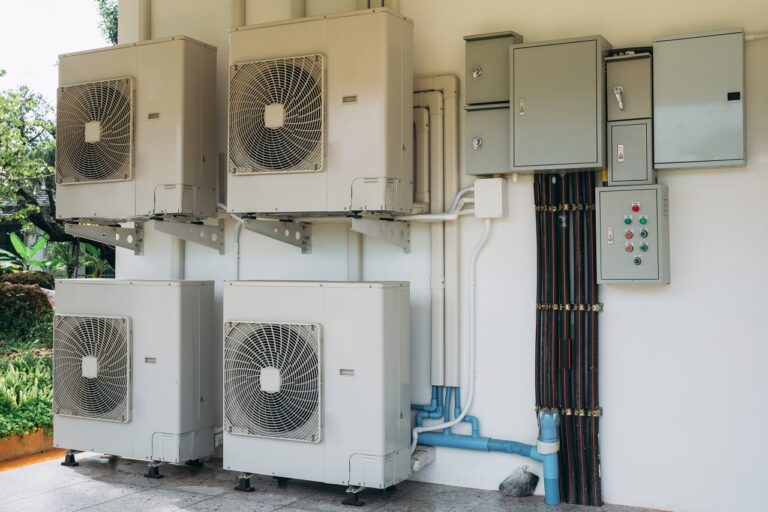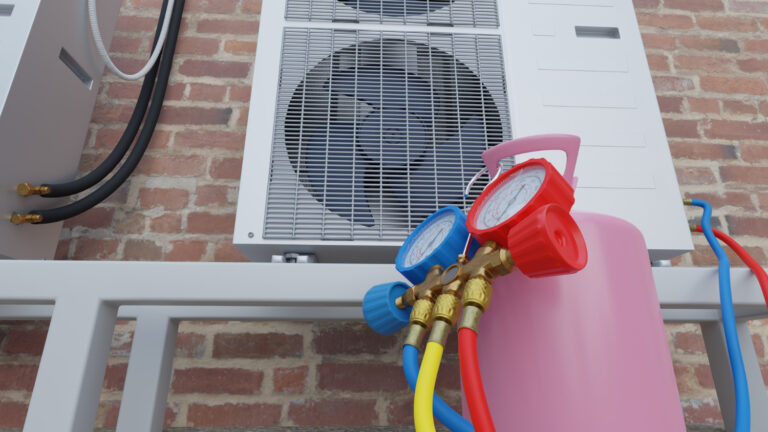Uneven temperature distribution is a common frustration for homeowners in Hialeah. You may notice some rooms feel too warm while others remain cold, even when the HVAC system is running. This can lead to everyone in the household constantly adjusting the thermostat, opening and closing vents, or using fans and space heaters to make up the difference. Unfortunately, those temporary fixes do not address the root of the problem.
When certain areas of a home are not getting the airflow they need, it can put extra pressure on the system and drive up energy bills while still failing to keep everyone comfortable. In Hialeah, where weather conditions often push HVAC systems to work harder, it is important to pay attention to the signals your system is sending. If parts of the house consistently feel different in temperature than others, you are likely dealing with more than just a minor inconvenience. It is a sign there may be deeper issues needing professional attention.
Common Causes of Uneven Temperature Distribution
Several factors can contribute to inconsistent temperatures inside a home. Some are directly related to your HVAC equipment, while others involve the structure and layout of the house itself. In Hialeah, where many homes are built with flat roofs and concrete block construction, unique challenges can surface.
Here are the most common causes:
1. Poor insulation: Older properties or those built without adequate insulation can lose heat or cool air quickly, especially in attics or around windows.
2. Blocked or closed vents: Furniture, storage boxes, or even curtains accidentally covering vents can reduce airflow to entire sections of the home.
3. Restrictive ductwork: Crushed or leaking ducts can disrupt airflow, making some rooms less comfortable than others.
4. HVAC system size: A unit that is either too large or too small will have trouble circulating air evenly. Undersized units cannot keep up, while oversized ones can cycle off too quickly before reaching all parts of the home.
5. Multi-level design: Two-story and split-level homes often face more trouble with air distribution due to rising heat and longer duct runs.
6. Thermostat location: If the thermostat is placed in a shaded or poorly ventilated area, it may misread the actual temperature of the whole home.
7. Local climate effects: In Hialeah, consistent exposure to sunlight on one side of the house can lead to sharp temperature differences without proper window treatments or insulation.
Each of these issues can contribute to noticeable temperature shifts between rooms. For example, one homeowner in Hialeah found their back bedrooms were always warm while the living room remained cool. After a full inspection, the issue turned out to be a combination of poor insulation in one wall and a collapsed duct reducing airflow to the rear of the home.
Impact on Comfort and Energy Bills
Living with fluctuating temperatures throughout the home gets old fast. It can make daily routines uncomfortable and reduce the quality of sleep. A child’s room may feel overly hot at night, while another family member freezes under extra blankets in the room next door. These daily frustrations can take a toll and may even lead to using additional devices just to comfort individual rooms, such as portable heaters or standing fans. None of these solve the real issue.
This kind of stress on comfort often results in excessive use of the HVAC system. If one area stays too warm or too cold, it is easy to keep lowering or raising the thermostat in search of balance. Over time, that overuse leads to higher energy bills. Not only is the HVAC system forced to work harder, but all that added use speeds up wear and tear on components. This can shorten the system’s life and increase the need for unexpected repairs.
Uneven temperatures can also affect indoor air quality. If vents are clogged or ducts are damaged, air may recirculate poorly or bring in more dust and allergens. That creates a less healthy environment for everyone inside the home, especially those with allergies or asthma.
Addressing inconsistent heating or cooling is not just about comfort. It is about preserving your home’s energy efficiency and preventing the kind of strain that leads to more costly problems down the line.
Role of Professional HVAC Inspections and Repairs
When dealing with uneven temperatures across different rooms, guesswork does not go far. What you need instead is a full inspection by trained professionals who can identify the actual cause. Our professionals are trained to spot ductwork disruptions, air balancing issues, and hidden wear in HVAC components that often go unnoticed. If one room always lags behind in comfort, it usually means airflow is not being distributed properly, and that is something our technicians are equipped to fix.
Depending on what they find, a wide range of repairs or calibrations may be needed. Sometimes it is as simple as cleaning out a blockage in the venting system. Other times, it may require sealing leaky ducts, adjusting damper settings, or upgrading an outdated thermostat. Our professionals also check for airflow restrictions caused by dirty coils, clogged filters, or aging blower motors, all of which can impact how effectively the system moves conditioned air around the home.
Regular HVAC maintenance can also help prevent these problems from recurring. During scheduled service, our technicians test system performance, clean components, and make minor adjustments that improve efficiency and balance throughout the home. For homeowners in Hialeah, where HVAC systems get heavy use year-round, routine checkups can make the difference between consistent indoor comfort and daily temperature battles.
Tips For Maintaining Even Temperatures
Once your HVAC issues are resolved, small adjustments to how your system is used can help keep your whole home feeling balanced. A few basic habits and smart product choices can support consistent air distribution.
Here are several tips to keep your indoor temperatures stable:
1. Use a programmable thermostat to maintain steady temperatures throughout the day.
2. Change your air filters every 1 to 2 months to keep airflow strong and clean.
3. Schedule professional maintenance twice a year to catch imbalances early.
4. Keep vents open and unobstructed by rugs, furniture, or curtains.
5. Add or upgrade insulation, especially in attics and exterior-facing walls.
6. Consider zoning systems if your home layout makes air distribution difficult.
7. Use curtains or blinds to block direct sunlight during the hottest hours.
One homeowner in Hialeah recently noticed that even with the HVAC system working, the south-facing rooms were always uncomfortable by mid-afternoon. By improving insulation in that part of the house and using blackout curtains during peak hours, they managed to reduce the temperature gap between rooms significantly. When paired with vent adjustments performed by our technicians, the comfort level in the entire home improved.
Ensuring a Comfortable and Energy-Efficient Home
Uneven temperatures can make your living space feel unpredictable. One day it is too warm in the bedroom, the next it is freezing in the home office. These shifts not only create discomfort, they also lead to unnecessary wear on your HVAC system and higher utility bills. Without proper repair or maintenance, the issue often keeps growing.
Taking action early makes a difference. Recognizing problem zones, bringing in trusted professionals, and investing in targeted improvements can bring lasting results. A balanced HVAC setup gives you peace of mind, better energy efficiency, and day-to-day comfort that does not require constant tweaks or extra equipment. In Hialeah’s demanding climate, getting ahead of these issues allows your system to function the way it is supposed to, from the front door to the back bedroom.
For dependable comfort in Hialeah, trust Air New Solutions to address uneven temperature issues with expert HVAC repair in Hialeah that restores balance and efficiency throughout your home. For a quick estimate or to book a service visit, please contact us today.






